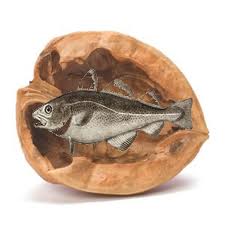The problem of plastic in the ocean—where it lasts for decades and gets eaten by birds, fish, and other animals—is nothing new; in fact, it’s getting worse. Now, two years after the earthquake and tsunami in Japan, the Hawaiian islands are receiving an extra share of plastics and other debris.
By some estimates, about a million and a half tons of debris was washed out to sea during the tsunami; some has landed in North America. Hawaii, though, which is sometimes described as the “comb” of the Pacific because it catches debris as it swirls westward across the ocean, is getting much of the material now. Items with Japanese text and logos, ranging in size from tiny shards to whole appliances, have been prevalent for months. Although big items like refrigerators are more dramatic, it’s the smaller and more plentiful ones—bottle caps, bits of plastic bags—that are of greater concern to wildlife specialists.
Earlier studies by the Scripps Institution of Oceanography showed that 9% of ocean fish had ingested plastics. As this article details, recent NOAA studies have shown that 12% of fish—and as much as 45% in some species—have done so. And one oceanographer studying albatross in Hawaii says that every single bird he examined recently had eaten some sort of plastic debris. It’s a reminder, another NOAA researcher says, that “the land and the oceans are incredibly connected.”
Source: Stormwater





